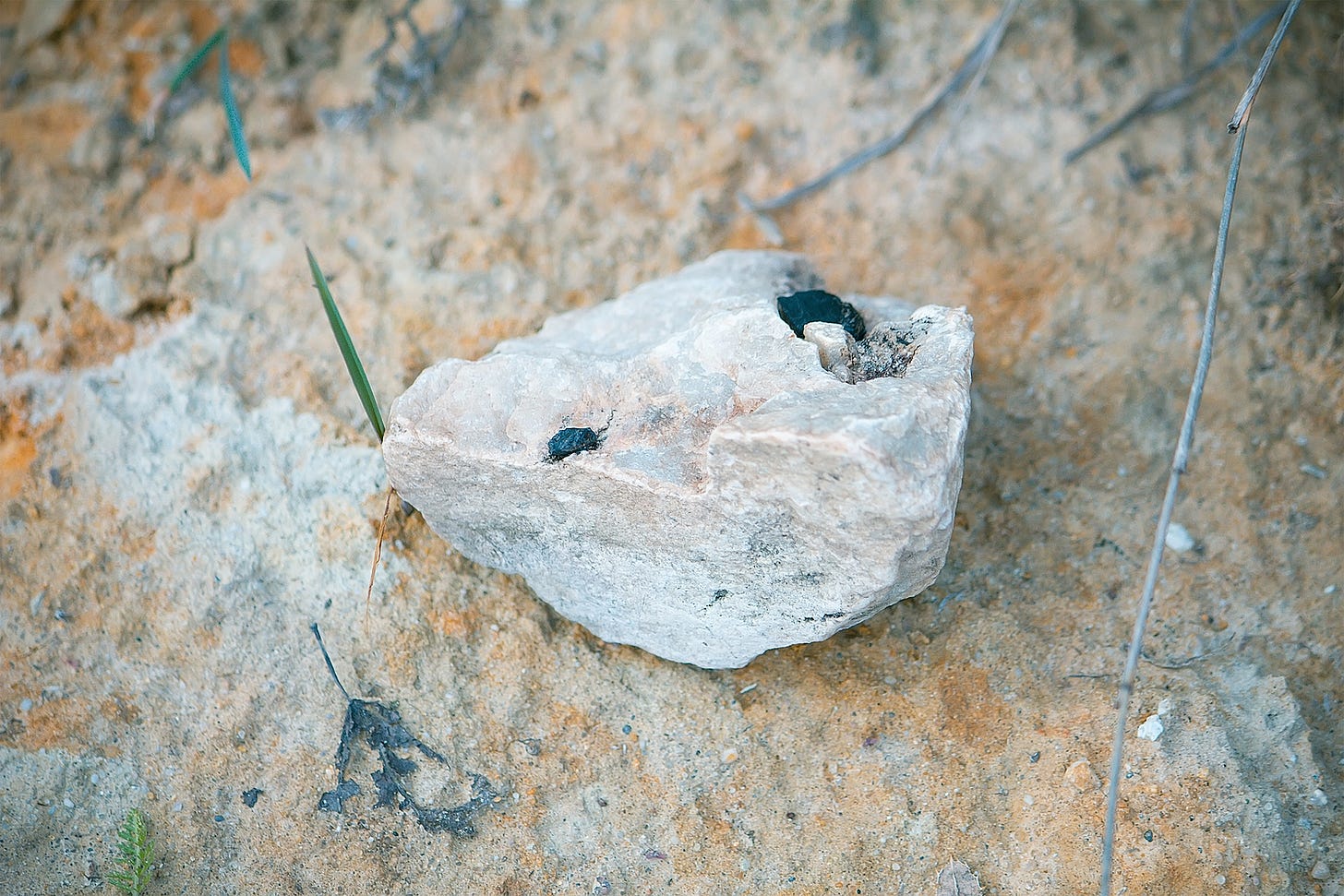As we moved into spring, gardening and farming are on many people’s minds and as I usually write about homeopathic remedies that support our physical bodies and emotional and mental wellbeing, I often mentioned homeopathy bringing the same benefits to the animal and plant worlds. Now is a very good time to bring attention to one of the most important remedies used in agriculture homeopathy.
Perhaps the most important remedy in agricultural homeopathy is Silicea terra. No other remedy can lay claim to the depth and breadth of action Silicea has on plants and soil. Apart from homeopathy, this medicine is mainly used by biodynamic farmers.
A large part of the earth's surface is made of silica. Sea sand (Silicea marina) consists mainly of this substance. Silica is absorbed by plants and stored on the inside of the stems. It is also an important building block of the sheath or bark, that keeps the plant upright. "Missing spine" is the main indication of the drug Silicea.
No other drug has such a profound effect on the life cycle of the plant or a wider spectrum of action. Silicea is a real polychrest of agriculture, much more than any other preparation.
1. No plant can stand upright without Silicea. It acts on each individual cell of plant tissue, giving it strength and power and controlling all processes typical of cells, including reproduction.
2. In plants, the function is not limited exclusively to support. As a hydrophilic colloid, it absorbs water, which can multiply the plant's own weight. Plants that grow on dry or infertile soils are able to create significant water reserves thanks to their ability to retain water.
3. As a general rule, a single dose is sufficient to promote the germination of annual or biennial plants so that they have a healthy life cycle from the moment of sowing.
4. Another symptom of Silicea is the ability to stimulate the plant to bloom prematurely. This will prevent the formation of seeds in annual weeds, which makes it possible to use this drug as a herbicide. For this purpose, the drug must be administered twice in two days. To prevent weed growth or to manage large area problems, Silicea must be sprayed at least twice in ten days to prevent seed formation. With the last application, the seed is also sown.
5. Silicea can be used to promote germination and sprouting. In addition, it is served only once during the betting period. The plant will develop strong roots and strong leaves and stems.
6. Another dose can be given if the plant looks weak, stunted and small.
7. If we give Silicea after flowering, it will support fruit setting in the plant.
Uses in practice
Death of plants; early bloomers; transplant shock; weak, living plants. Stunted growth. Diseases of bark and leaf sheaths. Chlorosis. Aphid. Heliothis virescens moth infestation. Mites of citrus plants (Eutetranychus banksi). Carpophilus hemipterus (Carpophilus hemipterus). Wild herbs.
It can be used as a herbicide, as a tonic, to improve the soil and promote germination and sprouting.
Indication
Weak, viviparous plants that fail. After transplanting, they stop growing; they are green, but they cannot take root well. The roots are slimy. Plants need nutrients, but they cannot absorb them. Brittle stems and branches, break under load. Reproduction problems. Small stunted flowers, little or no pollen, undeveloped stamens, fruits not ripening, dropping before ripening. The leaves and bark are hard and leathery, with black spots. Clipping or other mechanical interventions, such as wind damage, can cause wounds that develop into ulcers. Galls on tree bark as a result of insect infestation, tree cancer.
Flowers and fruits
Reproduction difficulties, underdeveloped flowers and fruits, no seeds are formed.
As you can see, Silicea is a major remedy to have on hand when gardening. If you are a professional or just starting, use it based on the given criteria and use it conscientiously.
I wish you happy spring days and an abundant harvest, rewarding your early spring care.







A few years ago I participated in a biodynamic gardening workshop where we prepared silica by crushing and grinding quarz rocks, to be sprinkled in highly diluted preparations over the land (I know this is different from homœopathy!). I have also used silicea for soaking seeds before planting, and add a few drops of the remedy into the watering can for the growth of seedlings ~ with great success! The plants become stronger and more resilient to pests.
Beautiful post, thank you!